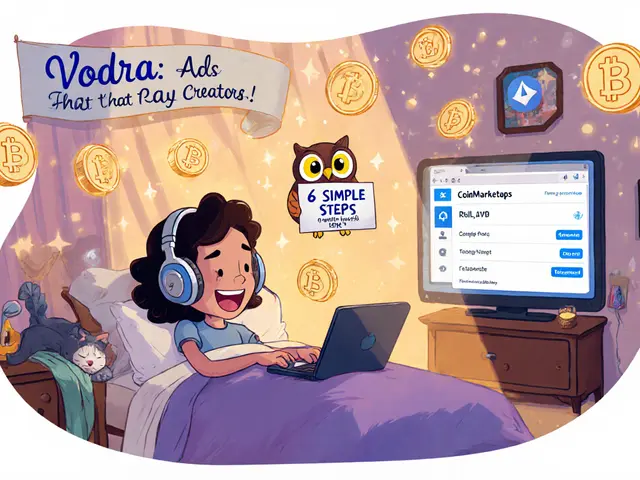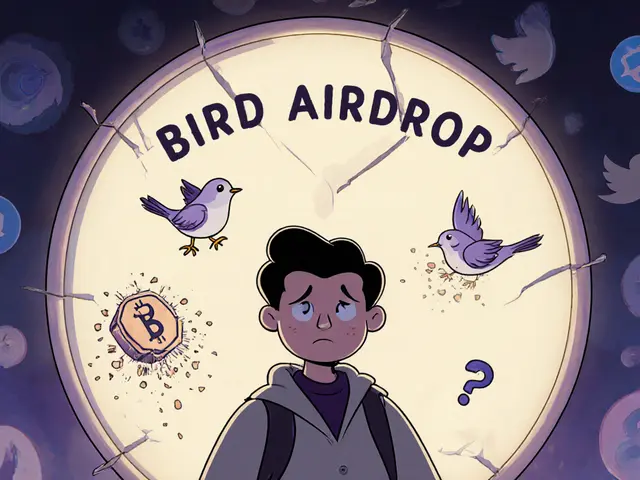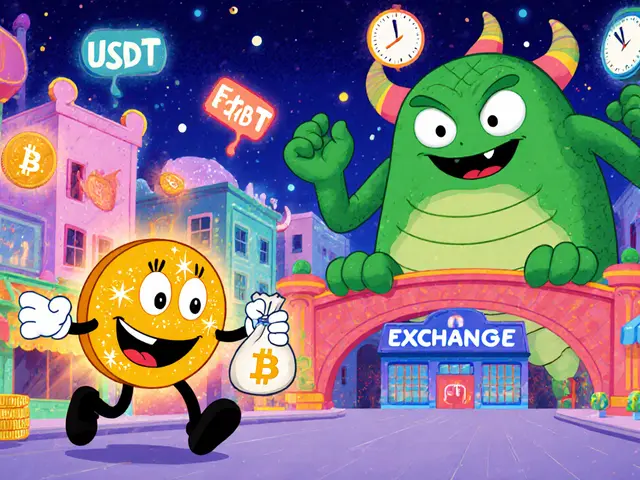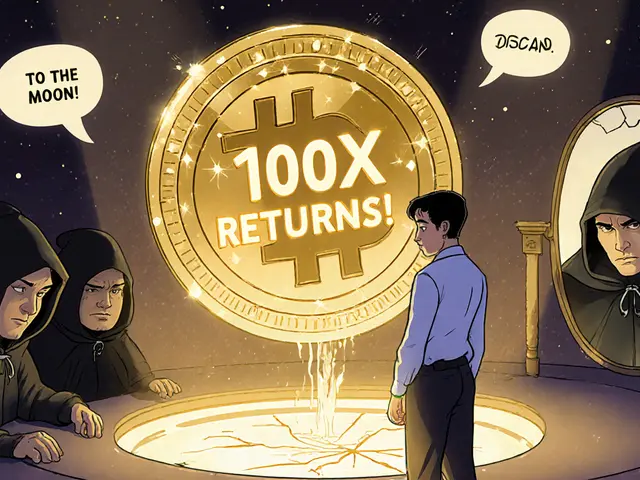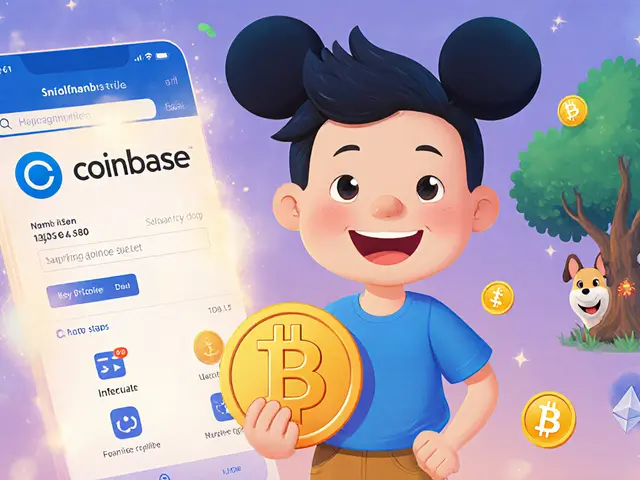No official Christmas NFT airdrop exists for DogemonGo in 2025. Learn what DogemonGo actually is, how to spot fake airdrops, and what real updates are coming in 2026 to avoid scams and protect your crypto.
DogemonGo Airdrop: What It Is, How to Claim, and Real Risks
When you hear DogemonGo airdrop, a promotional token distribution tied to a meme-inspired blockchain project. Also known as DogemonGo token drop, it's one of dozens of crypto promotions that pop up every week—some legit, most not. Most airdrops like this aren’t rewards for building something useful. They’re marketing tools. They exist to get people to sign up, follow social accounts, connect wallets, and spread the word. If you’ve seen ads promising free DogemonGo tokens just for joining a Telegram group or holding a specific NFT, you’re seeing the playbook in action.
Airdrops like DogemonGo rely on hype, not technology. They often copy names from popular memes—think Dogecoin, Shiba Inu, or even Pokémon—to ride existing attention. But unlike real projects with working code or user bases, many of these have no whitepaper, no team names, and no track record. The crypto airdrop, a free distribution of tokens to wallet addresses as a marketing tactic is a low-cost way for anonymous teams to test if a coin can go viral. If enough people jump in, they dump the tokens on exchanges and cash out. If no one cares? They vanish. This is why you need to treat every airdrop like a potential scam until proven otherwise.
Real airdrops—like the ones from established DeFi platforms—require you to interact with live smart contracts. They’re documented on GitHub. They have audit reports. They don’t ask for your private key. DogemonGo? If the claim form asks for your seed phrase, it’s a trap. If the website looks like it was made in 2017 with a free template, it’s a trap. If the Twitter account has 500 followers and 10,000 retweets from bots, it’s a trap. The meme coin airdrop, a token giveaway tied to internet culture rather than utility is a gamble with your time and your security. You’re not getting free money—you’re giving away access to your wallet.
Some people do make money from airdrops. But they’re the ones who’ve spent months learning how to spot the difference between a project that’s trying to build something and one that’s just trying to steal your crypto. They track real activity: transaction volume, wallet distribution, developer commits. They don’t chase hype. They don’t click every link that says "claim your free DogemonGo now."
Below, you’ll find real guides on how to spot legitimate airdrops, what to look for before connecting your wallet, and which projects actually delivered value after the drop. No fluff. No promises. Just what works—and what gets you hacked.

